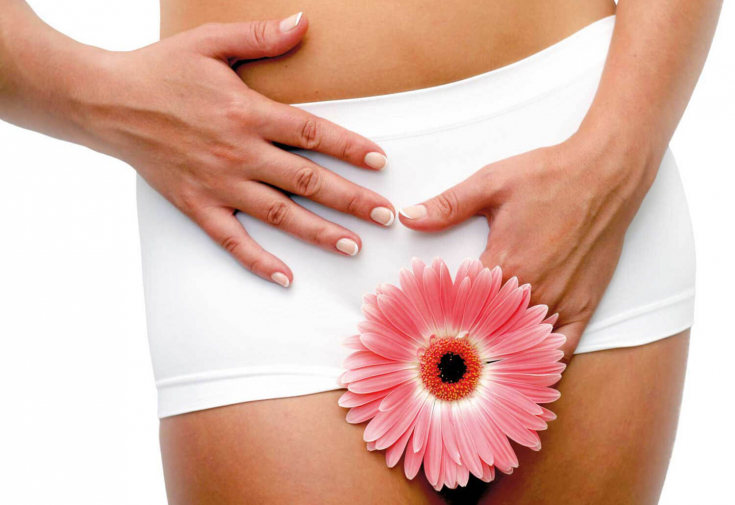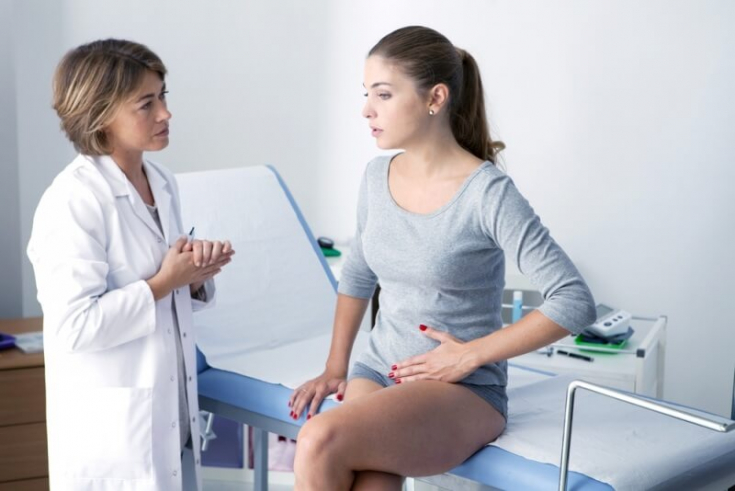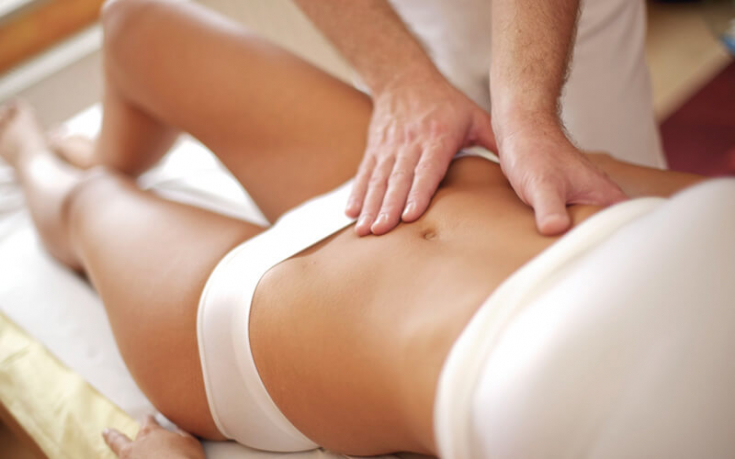Women's Health is an area of specialization in both conventional and osteopathic medicine. A woman goes through various stages of life, and with it, many changes occur in her body. Osteopathy attaches great importance to the mobility of the structures of the human body.
Loss of mobility causes changes and serious disorders of various functions. Various structures coexist within the bony pelvis: organs, muscles, blood and lymphatic vessels, nerve plexuses, which, through the connective tissue that envelops them, interact to ensure the physiological conduction of excretory, sexual and reproductive functions.
The editors of estet-portal.com will talk about what women's problems can be easily solved with the help of osteopathy.
- Three Women's Problems and How Osteopathy Can Help
- Osteopathy can improve a woman's sex life
- Which parts of the body are affected by osteopathic treatment
Three women's problems and how osteopathy can help
Maintaining proper mobility of organs such as the uterus and bladder depends on many factors, among which the most important are:
- Good balance of chest, abdominal and pelvic pressure;
- Maintaining the tone of the muscle walls and good "articular" elasticity of organs;
- Correct fluid flow (arterial nutrition, venous and lymphatic drainage) and physiological functioning of the nerve impulse.
Osteopathy can solve women's problems like dysmenorrhea (pain during menstruation), amenorrhea (absence of menstruation), infertility.
Dysmenorrhea (pain during menstruation)
Subscribe to our page on Instagram!
If you are tired of suffering and taking painkillers every month, you can seek the help of osteopathy.
Periodal pain is due to pelvic congestion: the muscles of the uterus contract much more than usual as blood passes through the endometrium, the lining that covers the organ inside. General anti-inflammatory drugs are usually prescribed for pain relief, but international studies have shown that osteopathic treatment may be a viable alternative. In 2017, a group of German osteopaths conducted a study of 60 women suffering from this problem, aged 14 to 33. During 3 menstrual cycles, 3 osteopathic treatments were performed. At the end of the test, the average intensity of pain during menstruation decreased by 50%. Osteopathy improves blood flow to the uterus and ensures optimal functioning of the diaphragm, muscle,

Amenorrhoea (absence of menstruation)
Subscribe to our page on Facebook!
This refers to the absence of menstruation (a delay of 6 months, with a previously regular cycle), caused by various aspects (anatomical / functional change in the uterus or ovaries, or any pathology affecting the functions of these structures). In many cases, this can also be caused by a hormonal disorder.First, a gynecological examination should be done to understand the origin of the problem and exclude all those causes that require medical or surgical interventions. In the long term, amenorrhea can cause infertility and osteoporosis.
Infertility
It is difficult to determine exactly whether osteopathic manipulations can resolve cases of infertility, since these parameters are very numerous (psychological, relational, hormonal, climatic). It can only be argued that manipulations improve the mobility and mobility of the fallopian tubes and ovaries, creating favorable conditions for fertilization.Osteopathy can correct poor pelvic placement, poor vasculature, scars, stress, which exacerbate the problem.
Osteopathy can improve a woman's sex lifeDyspareunia (pain during intercourse)
It is important to identify the positions that cause dyspareunia, which will indicate to theosteopath the structures involved and therefore the areas to be treated.
Prone: if pain occurs at the start of penetration, this may indicate a urethral, cervico-trigonal problem (eg, cystitis) or genital prolapse. If pain occurs at the end of penetration, it may indicate inflammation of the cervix during anteflexia and fouling of the uterus.
Lying on your back: Pain during intercourse may indicate a uterine tilt with a rupture of the large ligament (in this case, only one of the two lateral bedsores will be painful).
Dyspareunia and anorgasmia can also be caused by fibrosis of the cervicotrigonal region (fascial tissue of the bladder and uterus).

What kind of questions can Osteopath ask to guide treatment?
When did your symptoms start?How long does the pain last?
Are the symptoms deep or more superficial?
Does anything else aggravate these symptoms, such as during menstruation?
Do you get irritable bowel syndrome?
What can an osteopath do for women's health with dyspareunia? For whatever problems the patient faces, osteopathy always seeks to improve the following:
Blood supply to the affected area, since it is the blood that carries healing properties to damaged tissues;
Drainage of the blood supply to the affected area, if blood enters it, it also needs to go out easily, otherwise stagnation occurs, it is because of this that problems can arise;
Innervation;-
Lymphatic system; -
Skeletal balance, ligaments and muscles. - Which parts of the body are affected by osteopathic treatment
Osteopathy
aims to restore the correct mobility of the articular structures of the pelvis and craniocacral region, correct muscle and ligament elasticity of the muscles.

an osteopath
can intervene in the treatment of scars.
Conclusion:
Osteopathy is a relatively new therapy that involves manipulation of certain parts of the body to restore balance to the entire body. But before embarking on this method of treatment, it is important to undergo a comprehensive medical examination.






Add a comment